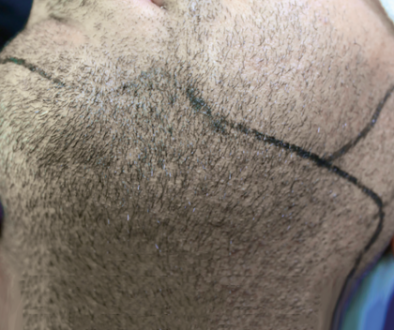What Causes Shock Loss after a Hair Transplant?
I keep reading about shock loss – why does it happen? Does it all grow back? That has to be very depressing when the hair you think is going to grow falls out.
 Hair is one of the fastest growing tissues in the body. You may have heard that hair has three stages of growth: anagen, catagen, and telogen. A simple way to look at it is that hair may be in the growing phase (anagen), transition phase (catagen) or resting/shedding phase (telogen). At any given time, most of one’s hairs are in the growing phase (80 to 90 percent) but some of one’s hairs are always shedding.
Hair is one of the fastest growing tissues in the body. You may have heard that hair has three stages of growth: anagen, catagen, and telogen. A simple way to look at it is that hair may be in the growing phase (anagen), transition phase (catagen) or resting/shedding phase (telogen). At any given time, most of one’s hairs are in the growing phase (80 to 90 percent) but some of one’s hairs are always shedding.
Any type of trauma can cause more of your hair to shift from the growing phase to the shedding phase. Emotional stress as well as poor nutrition, a high fever, etc. can all cause telogen effluvium or shock loss. The shock loss you are experiencing means that more of your hair is in the shedding phase, which is part of your hair’s natural life cycle.
The stress of hair transplant surgery put more of your hair into the resting phase and then shedding phase. Since this is a part of the hair’s normal life cycle most of it should come back. However, there may be some of your hair that was miniaturized and on its way out and that hair may not come back
It is easy for me to say be patient, but the shocked hair should return. It will just take longer for you to see the full result of your hair restoration surgery.
I hope this is helpful,
Dr. Paul Shapiro, MD
—-
David – aka TakingThePlunge
Assistant Publisher and Forum Co-Moderator for the Hair Transplant Network, the Hair Loss Learning Center, the Hair Loss Q&A Blog, and the Hair Restoration Forum
Follow our community on Twitter
Watch hair transplant videos on YouTube
Technorati Tags: shock loss, telogen effluvium, hair transplant, hair restoration



